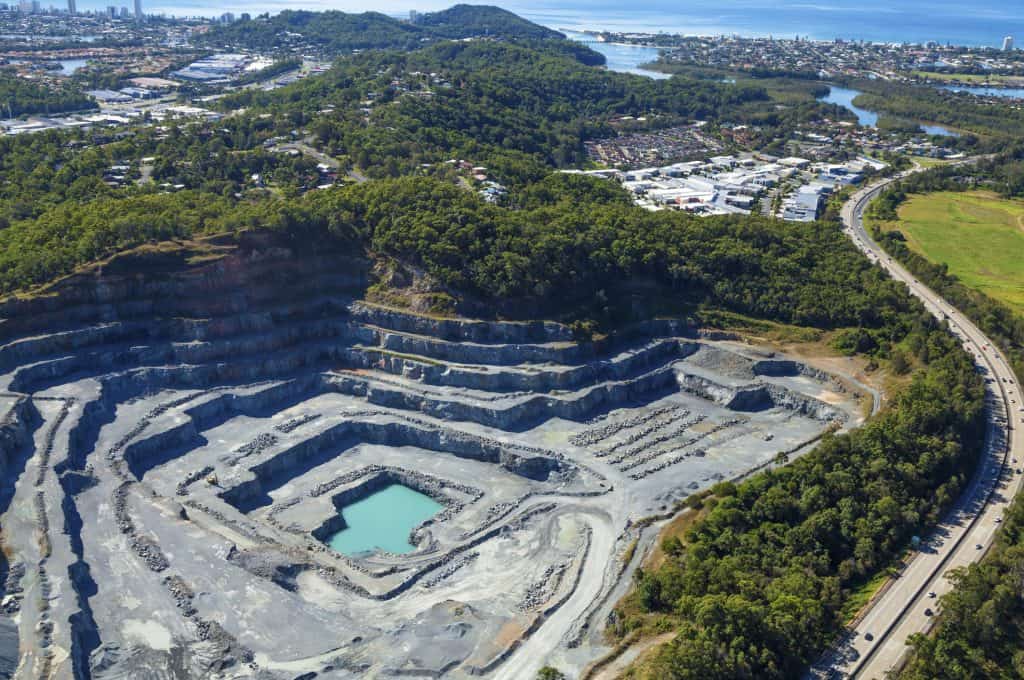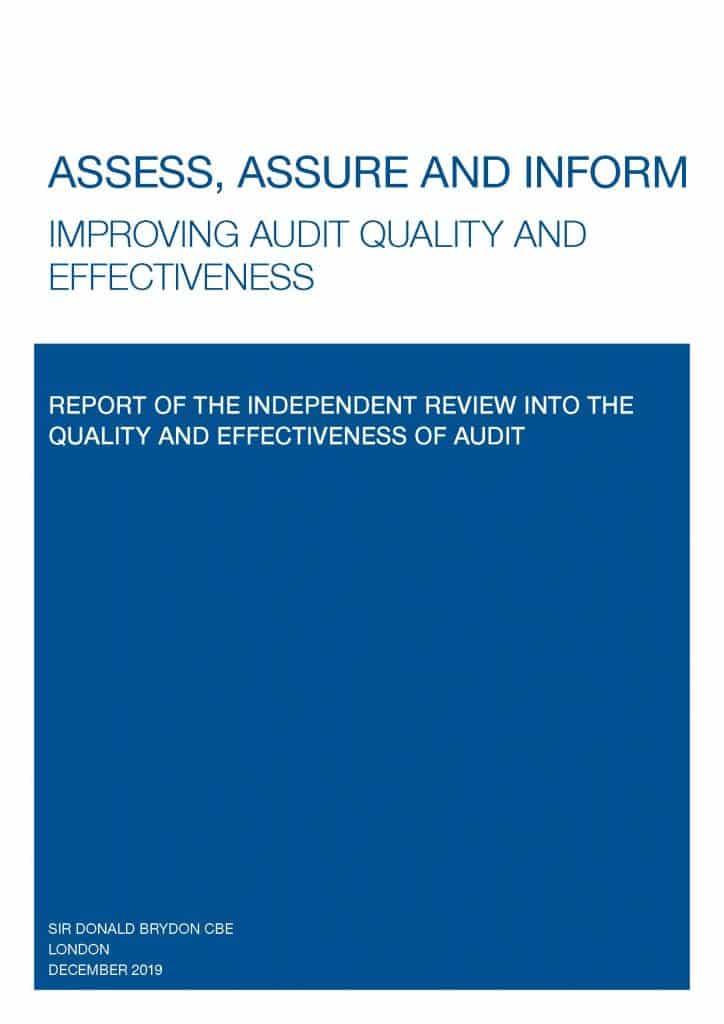
The Queensland Government’s “Safety Reset” of its mining industry was a remarkable achievement in 2019. The government intends to be equally active in occupational health and safety (OHS) in 2020, according to a media release dated 18 January 2020. Below are its “current and upcoming health and safety reforms”:





